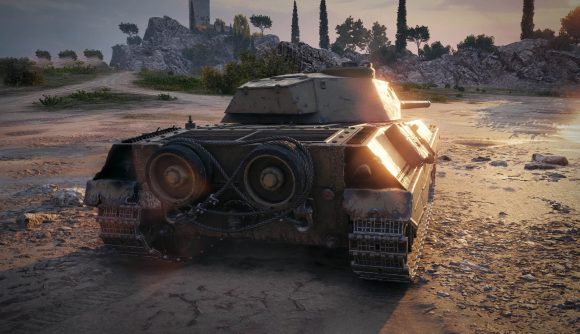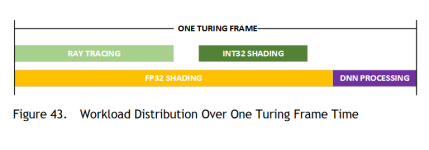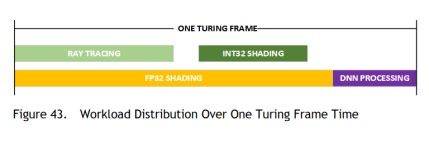Soldato

Intel’s OneAPI will soon enable ray tracing for DX11-compatible graphics cards in World of Tanks. Reportedly rolling out very soon, Intel’s seemingly GPU vendor-agnostic ray tracing solution will enhance the Core engine in-game with the ability to ray trace shadows in very, very specific circumstances.
Soon enough players will be able to enjoy “super-realistic shadows” thanks to EnCore RT… but only on intact vehicles in direct sunlight. Yes, the implementation is rather limited at this point in time. But, however nascent and limited in scope this implementation may be, it’s one of few alternatives to Microsoft’s DirectX Raytracing API hand-in-hand with Nvidia’s RTX-capable GPUs.
It’s all thanks to Intel’s OneAPI Rendering Toolkit, which is a part of a wider move by the company to incorporate its entire software stack – from FPGAs and CPUs to graphics cards – under a single API umbrella. It’s a bold undertaking, and has already received some flak from Nvidia’s CEO Jen-Hsun Huang. If successful, however, the API could see the company integrate its upcoming Intel Xe GPUs succinctly alongside its many other products, most notably its broad CPU product lineup, for improved co-operative performance.
The performance degradation of Intel’s implementation is not yet known. If it’s anything like Nvidia RTX titles, it could be quite severe. However, with such a limited scope for effects, there’s a good chance it has a lessened impact to what we expect with today’s ray tracing experiences in-game.
You can take a look at the EnCore RT implementation in World of Tanks over at Dom1n.com.
And this isn’t technically the first time Intel’s tried its hand at ray tracing – in fact it’s been ray tracing for years on Xeon servers. Similar to Radeon Rays, AMD’s own ray tracing implementation, the company has been offering the stack necessary to compute ray tracing, yet so far only in the professional space. This would be the first time we see Intel venture fourth into the gaming sphere with the tech.
There have also been instances of game engine developers taking the burden of ray tracing unto themselves. Crytek did so with CryEngine, showing off a capable ray tracing tech demo running on AMD’s RX Vega 56.
https://worldoftanks.eu/en/news/general-news/wargaming-fest-2019/
https://www.pcgamesn.com/intel/ray-tracing-world-of-tanks
https://twitter.com/PhilippGerasim/...pcgamesn.com/intel/ray-tracing-world-of-tanks





